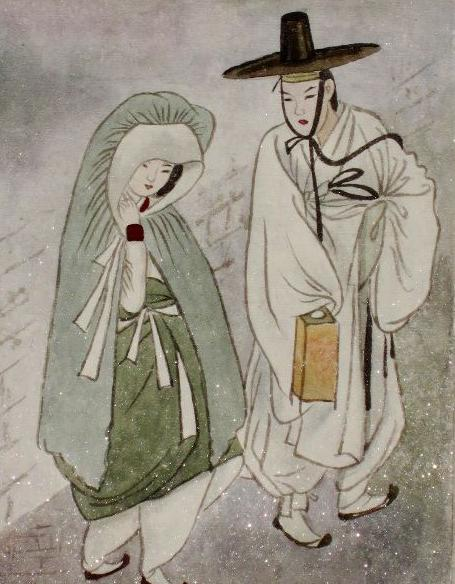When we think of ancient Chinese literature, we often envision profound philosophical texts or poetic masterpieces. However, nestled among the scrolls of history, there lies a fascinating and somewhat less discussed genre: the “room arts” or “fángzhōngshū” (房中书), which primarily focuses on sexual health, practices, and longevity. These texts, with their combination of Taoist philosophy, medical insights, and intimate knowledge of human sexuality, were highly influential in the Han Dynasty (206 BCE – 220 CE) and beyond.
One of the earliest and most famous mentions of “room arts” comes in the form of a poem titled Tóng Shēng Gē (同声歌), written by the renowned Han Dynasty poet Zhang Heng (78–139 CE). In this poem, a newlywed bride expresses her hopes and fears to her husband on their wedding night. This poem serves as a valuable glimpse into the marital customs and intimate expectations of the time, providing a subtle yet revealing look at the presence of “room arts” in ancient Chinese culture. The bride’s reference to the fifth “room art” text from the Han Shu (Han Book) hints at the widespread practice of using these teachings to enhance marital relations.
So, what exactly were these “room arts”? They were a series of texts, often framed as dialogues between the Yellow Emperor (Huangdi) and his female teachers, discussing methods for achieving longevity and perfecting one’s sexual health. In fact, the Sù Nǚ Jīng (素女经) or Classic of the Pure Woman is one of the most significant texts in this genre, named after a mythical goddess known for her mastery of music and, intriguingly, the intimate arts. The Sù Nǚ Jīng and similar texts, like the Xuán Nǚ Jīng (玄女经), also discussed Taoist techniques for balancing one’s internal energies through sexual practices, aimed at both improving health and ensuring long life.

The Sù Nǚ goddess herself, although appearing in earlier texts like the Shan Hai Jing (Classic of Mountains and Seas), became a central figure in these “room arts.” Descriptions of her are intertwined with Taoist rituals and beliefs, suggesting that these teachings were as much about spiritual development as they were about physical pleasure. In later periods, such as the Tang and Song dynasties, these teachings would influence not just medical and sexual practices, but also concepts of Daoist alchemy, where sexual health was believed to be directly linked to the creation of the “elixir of life.”
Moreover, many of these texts were not just theoretical but practical. They often included illustrations of sexual positions and detailed instructions on how to enhance intimacy and vitality. These guides were so integral to marital life that, according to historical sources, they were often included in a bride’s dowry, symbolizing the importance of marital harmony and sexual well-being. This practice continued into Japan until the 19th century, where parents would send similar instructional books to their daughters on their wedding night.
Interestingly, the “room arts” also touched on the relationship between Taoism and Confucianism. While Taoists emphasized the use of sexual practices for spiritual and physical rejuvenation, Confucians, on the other hand, focused more on procreation and the continuation of the family line. Despite their differing emphasis, both philosophies acknowledged the importance of sexual harmony in ensuring the health of the body and family lineage.
These ancient texts and practices, despite their focus on sexuality, were considered highly sophisticated, linking physical well-being with the Taoist pursuit of longevity and spiritual enlightenment. In modern times, these teachings may seem strange or taboo, but they reflect the ancient Chinese belief that the body and spirit are intricately connected. The methods outlined in these texts were considered vital to achieving a balanced and harmonious life, something that transcended mere physical pleasure.
The influence of these “room arts” can still be felt in modern wellness practices, particularly in Eastern philosophies that emphasize holistic health. Though no longer mainstream, the ideas surrounding sexual health and energy flow in these ancient texts continue to resonate with those interested in Taoist practices and alternative health methodologies today.

No comments yet.